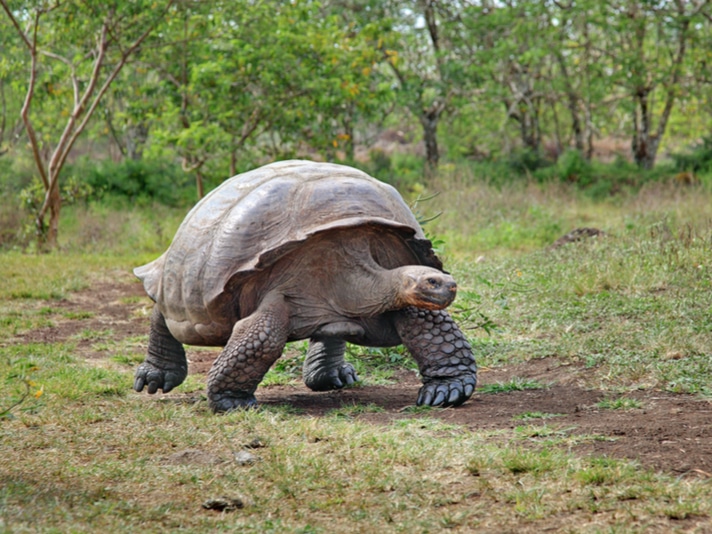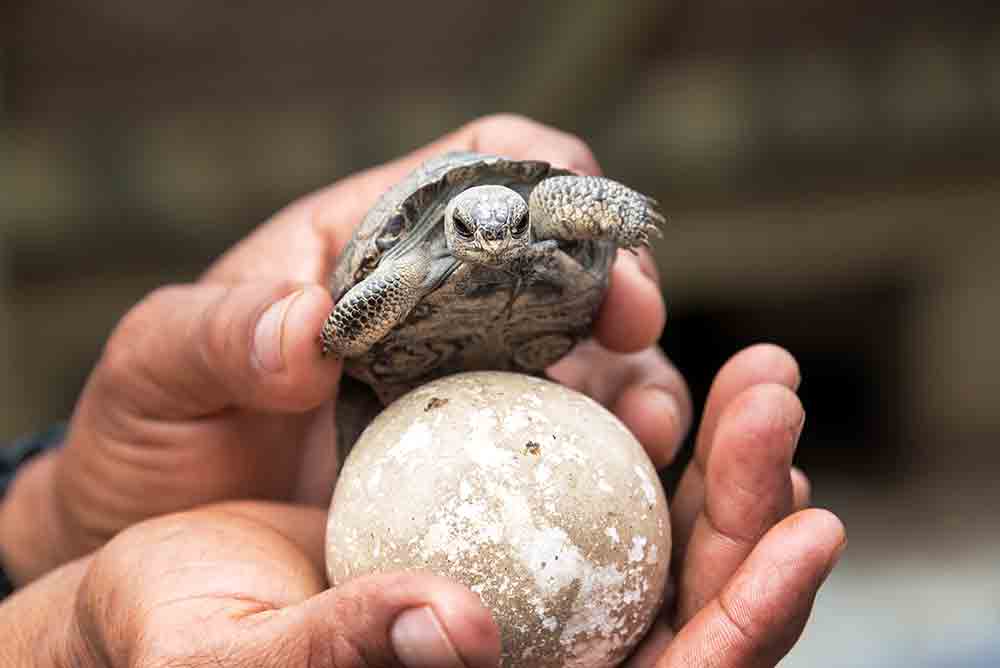The researchers say that temperatures on the Galapagos islands will increase from 1 to 4 degrees Celsius over the next 50 years, which will likely cause an increased frequency of female tortoises.
Warmer temperatures are predicted for the Galapagos islands as a result of climate change, and as the islands heat up, the number of female Galapagos tortoises will increase, according to a study published in the journal Ecology and Evolution.
“We know that global temperatures are rising, and we know that human activity is causing some of this change,” Dr. Sharon L. Deem, a wildlife veterinarian and director of the Saint Louis Zoo Institute for Conservation Medicine said in a statement released by the zoo. “With this research, we can see how these changes may alter the future of this species. It’s one part of broader studies to understand how humans may be harming free-living animals across the globe, even in subtle ways.”
In the study, conducted by Deem and colleagues with Zoo Atlanta, the Charles Darwin Foundation Galapagos Islands,the Maritime Aquarium in Connecticut, St. Louis University and the Max Planck Institute of Animal Behavior, the researchers focused on three geographically separated nesting zones at 14m, 57m and 107m above sea level. Nest temperatures from 54 nests across these zones were measured every four hours throughout the incubation period and used coelioscopuy to conduct the visual exams of the gonads for sex determination of 40 juvenile tortoises. During the middle trimester of incubation, they determined the mean nest temperature and found that the number of juveniles that were male increased 11.1 percent in the lower zone, 9.5 percent in the middle zone, and 80 percent in the upper zone.

Galapagos tortoises are critically endangered. Benjamint/Shutterstock
The researchers say that temperatures on the Galapagos islands will increase from 1 to 4 degrees Celsius over the next 50 years, which will likely cause an increased frequency of female tortoises.
The outcome is somewhat similar to the 2018 study, “Environmental Warming and Feminization of One of the Largest Sea Turtle Populations in the World,” which detailed a study of Raine Island sea turtles that found that over the last 20 years, the offspring there are almost exclusively female.
Warming Planet Causes 99 Percent of Raine Island Sea Turtle Hatchlings To Be Female, Study Says
Galapagos Tortoise Information
The Galapagos tortoise is considered threatened by the IUCN. It is the largest tortoise species on earth, with an estimated 20,000 to 25,000 giant tortoise species left in the wild, including all 11 subspecies. They can live well over 100 years and can weigh upward of 900 lbs, reaching sexual maturity at 20 to 30 years. REPTILES magazine covered the discovery of a living subspecies, Chelonoidis niger phantasticus in February 2021. You can read that article here.
The complete paper, Temperature along an elevation gradient determines Galapagos tortoise sex ratios” can be read on the Ecology and Evolution website.



